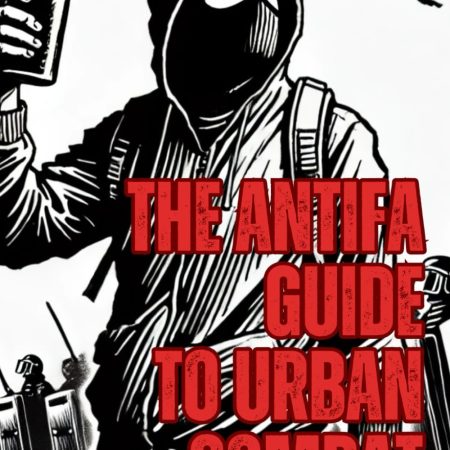Description
Monkey Wrenching, Then and Now: 50 Years of Direct Action for Animals, Land, and Climate (1975–2025)
From Edward Abbey’s fictional saboteurs in The Monkey Wrench Gang to today’s pipeline blockades and laboratory liberations, environmental direct action has evolved into one of the most controversial and consequential forms of resistance in modern America. This comprehensive analysis traces five decades of “monkey wrenching”—property-focused sabotage and disruption undertaken to defend animals, ecosystems, and climate stability.
Drawing on extensive primary sources, court records, and firsthand accounts, this book reveals how fictional inspiration became real-world practice. It examines the tactical evolution from 1980s tree-spiking campaigns through the Earth Liberation Front’s underground cells to mass civil disobedience against fossil fuel infrastructure. Each era brought new innovations: Earth First!’s equipment sabotage, the Animal Liberation Front’s laboratory break-ins, digital hacktivism targeting corporate websites, and contemporary tire deflation campaigns.
But innovation came with escalating state response. Post-9/11 security apparatus increasingly treated ecological sabotage as domestic terrorism, transforming misdemeanor vandalism into federal cases with decades-long sentences. Critical infrastructure laws passed after Dakota Access Pipeline protests created new legal penalties specifically targeting environmental resistance.
This book neither celebrates nor condemns monkey wrenching but seeks to understand its complex role in environmental politics. How do movements balance tactical effectiveness against democratic values? When does property destruction serve ecological protection, and when does it undermine broader political goals? What have these practices accomplished—and what have they cost—in the struggle to protect the living world?
Through regional case studies spanning timber wars in Northern California to pipeline resistance across Indigenous territories, the book maps tactical repertoires, ethical frameworks, and strategic debates that shaped environmental resistance. It analyzes how different contexts—legal, cultural, technological—influenced tactical choices and movement outcomes.
The COVID-19 pandemic and 2020 uprisings added new urgency to questions about property destruction and political violence. Climate activists embraced property-focused tactics with sophisticated political analysis and security culture, while state surveillance intensified dramatically.
Essential reading for scholars of social movements, environmental politics, and contemporary activism, this book reveals how monkey wrenching evolved from Abbey’s fictional imaginings into a contested but persistent feature of environmental resistance—more complex, controversial, and significant than its literary origins ever suggested.



